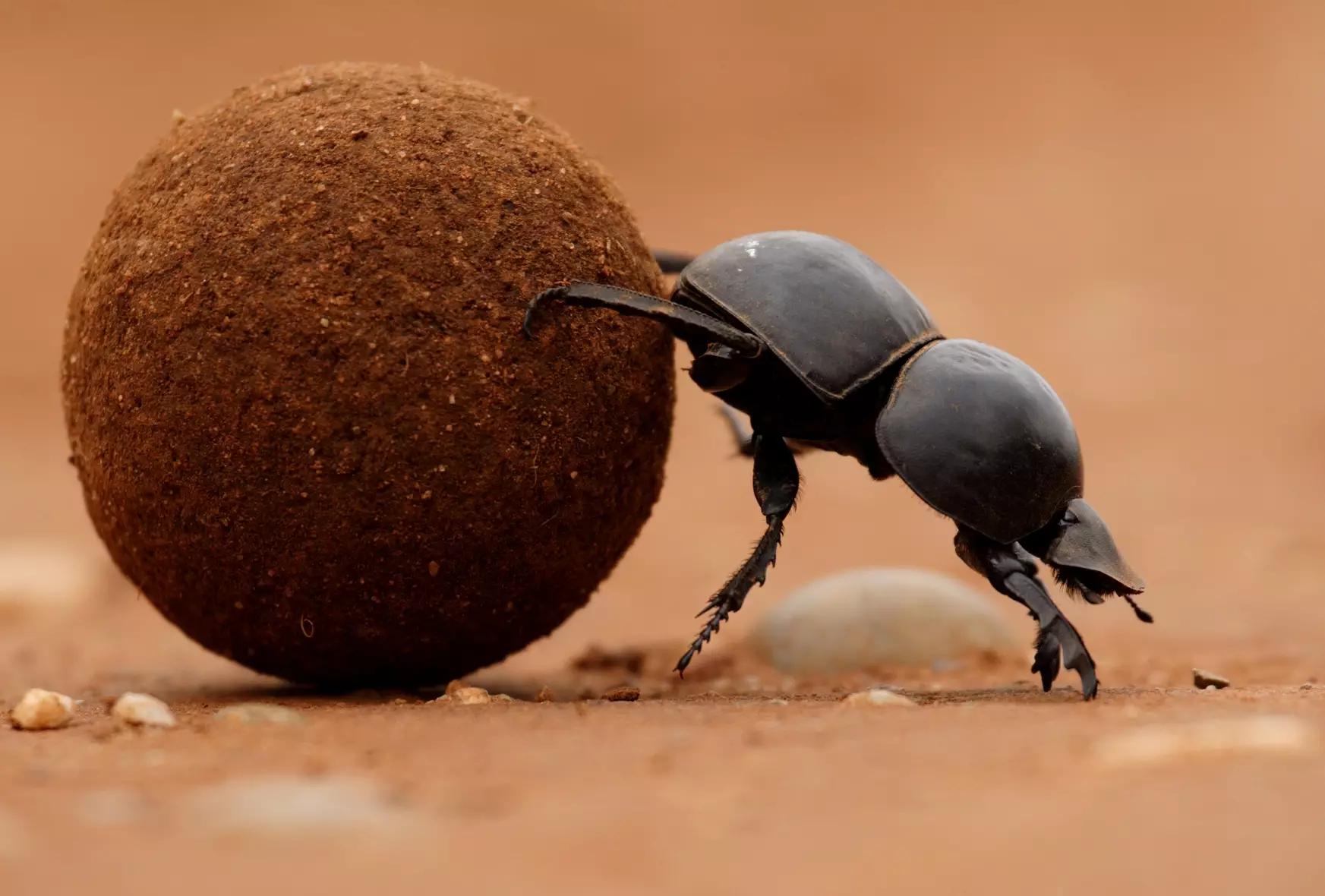Supply of Energy to Decomposers as Carbon Compounds in Organic Matter Coming from Dead Organisms
- Imagine a forest floor covered with fallen leaves, decaying logs, and animal droppings.
- This seemingly lifeless material is a treasure trove of energy for decomposers, the unsung heroes of ecosystems.
Think of decomposers as nature’s recyclers, breaking down organic matter and returning nutrients to the soil.
What Are Decomposers?
Decomposers
Decomposers are organisms that break down dead organic matter, releasing energy and nutrients back into the ecosystem.
- They include:
- Saprotrophs: Organisms like bacteria and fungi that digest organic matter externally by secreting enzymes.
- Detritivores: Animals like earthworms and vultures that consume dead material and break it down internally.
Decomposers Recycle Energy from Dead Material and Waste
Dead Parts of Organisms
- Plants and animals shed parts throughout their lives, such as leaves, bark, feathers, or exoskeletons.
- These materials are rich in carbon compounds and provide energy for decomposers.
Fallen leaves on the forest floor are decomposed by fungi, which break down cellulose and lignin into simpler sugars.
Faeces
- Not all energy consumed by animals is absorbed, some is egested as faeces.
- This waste material still contains undigested carbon compounds, which decomposers can utilize.
Dung beetles and bacteria break down animal faeces, recycling nutrients back into the ecosystem.

How Decomposers Extract Energy
- Decomposers use a unique process to access energy stored in dead organic matter:
- External Digestion: Saprotrophs secrete enzymes onto organic matter, breaking down complex molecules into simpler, soluble compounds like sugars and amino acids.
- Absorption: These simpler compounds are absorbed by the decomposer and used for energy through cellular respiration.



